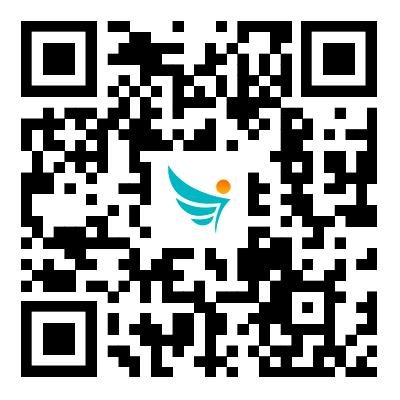Key features and aspects associated with three-phase electric meters
2023-11-10
A three-phase electric meter is a device designed to measure and record the electrical energy consumption in settings where electrical power is delivered in three alternating current (AC) phases. Three-phase power is commonly used in industrial, commercial, and large residential installations where higher power demands are present. Here are key features and aspects associated with three-phase electric meters:
1. Measurement of Electrical Parameters:
- Three-phase electric meters measure essential electrical parameters, including voltage, current, power, energy consumption, and sometimes power factor for each of the three phases.
2. Voltage and Current Measurement:
- The meter measures the voltage across each of the three phases and the current flowing through each phase to determine the power consumption.
3. Type of Power:
- Three-phase meters are used for measuring electrical power in industrial plants, commercial buildings, large residential complexes, and other locations where the electrical power is supplied in three alternating currents.
4. Display and Readout:
- Three-phase electric meters typically have a digital or analog display that provides real-time readings of the measured parameters. Digital displays are common in modern meters.
5. Billing Information:
- The data recorded by the three-phase meter is used for billing purposes. The utility company uses the meter readings to calculate the amount of electricity consumed by the customer.
6. Accuracy and Calibration:
- Three-phase meters are designed to provide accurate measurements. They may undergo periodic calibration to ensure their precision and compliance with standards.
7. Installation:
- Three-phase electric meters are installed at the point where electrical power enters a building or facility. They are typically mounted on a wall or a meter board, and the installation is done by utility providers or qualified electricians.
8. Communication Options:
- Advanced three-phase electric meters may come with communication interfaces for remote data reading. This can include features like Modbus, RS485, or other communication protocols for data transfer.
9. Prepaid or Postpaid Operation:
- Three-phase meters can operate in either a prepaid or postpaid mode. In prepaid mode, users pay for electricity in advance, while in postpaid mode, they receive a bill based on their consumption.
10. Tariff Structures:
- Three-phase meters may support different tariff structures, allowing utility providers to apply various rates based on factors such as time of day, season, or peak demand.
11. Tamper Detection:
- Meters often come equipped with tamper detection features to identify any unauthorized interference or attempts to bypass the meter.
Three-phase electric meters are crucial components in the utility infrastructure, providing accurate measurement of power consumption in settings with higher power demands. The selection and deployment of these meters depend on the specific requirements of the electrical system and the regulations of the utility provider.



